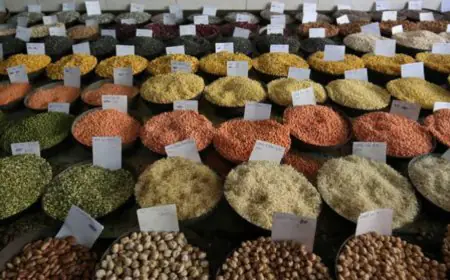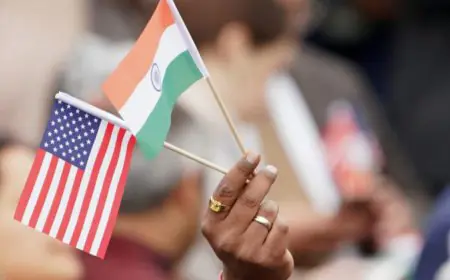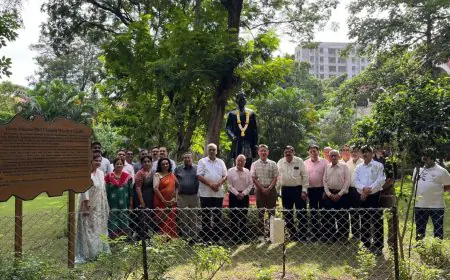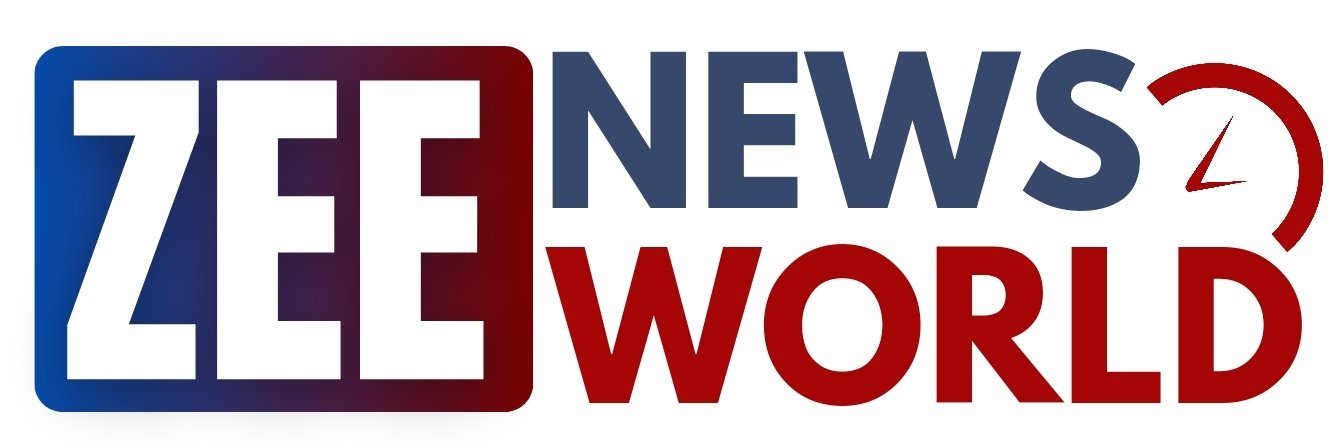100 Crore Indians Struggling To Afford Anything Beyond Basics: Study
About 100 crore Indians do not have enough money to spend on extra goods or services, according to a recent study released by Blume Ventures. The top 10 per cent of India's population, about the same size as the entire population of Mexico (13-14 crore people), are the main contributors to consumption and economic growth, as mentioned in Blume Ventures' Indus Valley Annual Report 2025. Consuming Class Not Growing The report stressed that India's consumer market is not growing broadly but is instead deepening. This means that although the number of wealthy individuals isn't increasing much, those who are already wealthy are becoming even richer. According to the report, around 1 billion (100 crore) Indians don't have enough income to spend on non-essential goods. It states, "They are beyond the pale, as of now, for startups." The report also identifies 300 million people as "emerging" or "aspirant" consumers. These individuals have started spending more recently, but they are still careful with their spending. Premiumisation Instead Of Economical These consumption trends have influenced India's market strategy, with brands shifting their focus towards "premiumisation" instead of mass-market products. The report also points out a change in the real estate sector, where affordable housing now makes up only 18 per cent of the market, compared to 40 per cent five years ago. Also Read: Gold Rate Today (February 26): Check Out Gold Prices In Delhi, Mumbai, Bengaluru, Ahmedabad, More Cities Disproportionate Purchasing Power The findings suggest that India's economic recovery after the pandemic has followed a "K-shaped" pattern, with the wealthy continuing to thrive while the poor face declining purchasing power. Data shows that the top 10 per cent of Indians now control 57.7 per cent of the national income, up from 34 per cent in 1990, while the share of income held by the bottom half has decreased from 22.2 per cent to 15 per cent. Rising Debt The current slowdown in consumption is made worse by falling financial savings and increasing debt among most Indians. The Reserve Bank of India (RBI) has also tightened regulations on unsecured lending, which had previously boosted consumer spending after the Covid pandemic. Since many in the "emerging" consumer group relied on borrowing to make purchases, this shift is likely to impact overall consumption.
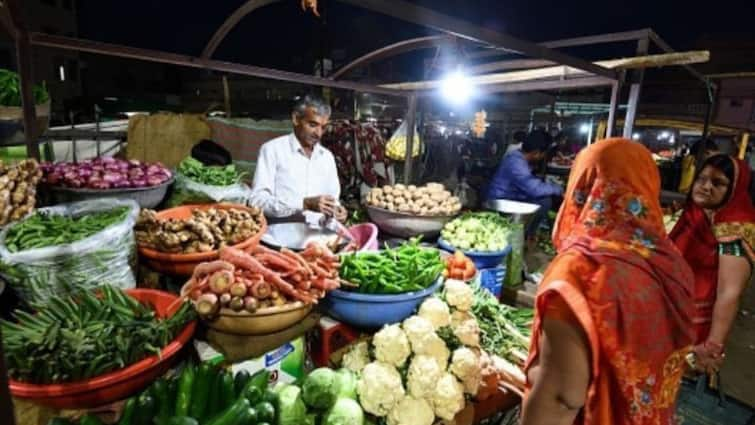
About 100 crore Indians do not have enough money to spend on extra goods or services, according to a recent study released by Blume Ventures. The top 10 per cent of India's population, about the same size as the entire population of Mexico (13-14 crore people), are the main contributors to consumption and economic growth, as mentioned in Blume Ventures' Indus Valley Annual Report 2025.
Consuming Class Not Growing
The report stressed that India's consumer market is not growing broadly but is instead deepening. This means that although the number of wealthy individuals isn't increasing much, those who are already wealthy are becoming even richer.
According to the report, around 1 billion (100 crore) Indians don't have enough income to spend on non-essential goods. It states, "They are beyond the pale, as of now, for startups."
The report also identifies 300 million people as "emerging" or "aspirant" consumers. These individuals have started spending more recently, but they are still careful with their spending.
Premiumisation Instead Of Economical
These consumption trends have influenced India's market strategy, with brands shifting their focus towards "premiumisation" instead of mass-market products. The report also points out a change in the real estate sector, where affordable housing now makes up only 18 per cent of the market, compared to 40 per cent five years ago.
Disproportionate Purchasing Power
The findings suggest that India's economic recovery after the pandemic has followed a "K-shaped" pattern, with the wealthy continuing to thrive while the poor face declining purchasing power. Data shows that the top 10 per cent of Indians now control 57.7 per cent of the national income, up from 34 per cent in 1990, while the share of income held by the bottom half has decreased from 22.2 per cent to 15 per cent.
Rising Debt
The current slowdown in consumption is made worse by falling financial savings and increasing debt among most Indians. The Reserve Bank of India (RBI) has also tightened regulations on unsecured lending, which had previously boosted consumer spending after the Covid pandemic. Since many in the "emerging" consumer group relied on borrowing to make purchases, this shift is likely to impact overall consumption.
What's Your Reaction?
















